Getting out and taking one big trip is great. Taking a second one is even better. But what if you want to achieve sustainable travel – traveling every single year? It’s going to take some thought and planning. Want to know how I manage at least a 2-3 month international trip pretty much every year? Read on.
Sustainable Travel is My Aim!
My goal is at least one big international trip per year, usually for a duration of about 2-3 continuous months. For the rest of the year, I work as a professional and live a low-overhead, largely debt-free life. I’ve maintained this type of work/travel balance for the past five years.
I don’t come from big money or live off a trust fund – I pay for everything myself and am fully responsible for all money that comes in and goes out.
Would I like to travel more than 2-3 months per year? Sure, who doesn’t? But it’s good to start with reachable goals and grow from there (note that I started with a goal of just 3-4 weeks out of the country, some years ago!).
Disclaimer: I know the way I do things isn’t the way everyone can do things – this post is largely just to show one specific way of paying for and living out a life of sustainable travel. Nobody said this was going to be easy or one-size-fits-all!

Here I am in 2015, near the village of Kolcho, in southern Ethiopia, just after our minibus got completely stuck in a river and had to be pulled out of said river by Karo tribesmen that would go on to point their AK-47 in the face of our driver as they demanded an exorbitant fee for towing. Travel’s good for stories if nothing else!
Here’s how I pay for this travel sh*t
#1. I work my freelance ass off when I’m home
My money-making profession is as a freelance Production Manager for television commercials – I’ve been in this line of work for about ten years. When I’m home, I seek out back-to-back assignments and often find myself working between 12-16 hours per day, 6-7 days per week, for 2-4 months at a time. I’m pretty much on-call the entire time, and it can be pretty exhausting, to be sure.
The benefit of this kind of schedule is that – if the jobs line up correctly (no guarantee of this) – I’m provided the opportunity to log a glut of paid days all at once, and then take some time off afterward. I wouldn’t call it a balanced life by any measure, but it’s something that works fairly well if what you desire is free time later on.
I certainly don’t make doctor/lawyer money by any stretch of the imagination, but (with emphasis on balance with the rest of this list) in recent years I’ve been able to make enough money / enough time to travel for a couple of months or more.
#2. I try to stay professionally relevant even when I’m away
I’m not one of those folks that can work remotely and has designed their work ($) life entirely around their travel (yet?), so I generally need to be “home” in the US in order to execute paid work.
That said, I am lucky in the fact that even after I go travel for multiple consecutive months, I am still able to return home and accept jobs, thanks to the freelance nature of my position.
But it’s not automatic: in order to stay relevant, I have built (and do my best to maintain) a strong professional network that both values my professional skills/expertise and also respects my desire (compulsion?) to travel widely. I do my best to stay marketable in my field this way, because I hope and plan to work whenever I come back from a trip.

A commercial film shoot I production managed in Atlanta in 2014.
#3. I live a cheap, debt-free home life
I know that my current freelance work life isn’t necessarily something everyone can replicate – but the below things are a lot easier to mimic if you one desires. Low costs at home are one of the real cornerstones of my ability to travel! The basics:
- I live in an apartment in a city with a low cost of living (St Louis, Missouri), and have a roommate with whom I split costs.
- My cheap, small car was purchased used, and is now paid off. It’s 10 years old and I hope it lasts me another 5-10 years!
- I maintain no student debt (shout out to Mom and Dad for helping pay for school – I realize this is not everyone’s reality though).
- I have no credit card debt and pay the full balance on every one of my credit cards every single month.
- I cook for myself a lot instead of eating out, and also make my own coffee most of the time. I’m by no means an amazing cook, but it’s a great way to save money.
**Note: the two biggest discretionary expenses of the past few years have been my camera gear and outdoor clothing/equipment that I often bring on trips, in my backpack.
RELATED POST: Maintaining The Home Life You Leave Behind
#4. I usually choose to travel inexpensively, in inexpensive countries
This doesn’t mean I go to an expensive country when the dollar is strong. Nope. It means I almost always choose to travel in countries where I know I can get by for between $30-50 US per day including lodgings, food, transport and activities.
This of course means mostly developing (or “less developed”? I never know how to say this) countries – which is fine, because I happen to like traveling in developing countries! I’ll get to expensive countries like (beautiful) Norway at some point, but for now you’ll find me in cheaper places. Traveling in cheap places means being able to travel for a longer duration, and getting to travel again sooner.
#5. I fly on miles/points whenever humanly possible
Airfare costs are the first thing that’ll scare anyone away from taking a big trip. The remedy? Earn miles passively by signing up for an appropriate travel credit card, and before long you’ll have enough to fly more or less for free. Through leveraging credit card sign-ups and related awards programs, these days I take most of my big trips via the miles I’ve accrued, which is a great way to save money.
And remember: airline miles and points are for SPENDING, not for hoarding. Leave them in your account for years, and they WILL depreciate or expire. Spend them on trips that matter to you!
#6. I generally take just one big long international trip per year
This relates a lot to #5 above. As I don’t have unlimited miles/points to spend, I try to throw them all at big international flights as needed, instead of at cheaper domestic fares inside the US.
Thanks to my off/on freelance work schedule, this “one big trip” routine works best for my schedule anyhow.
#7. I try to save money regardless of travel and life expenditures
My goal is to make this travel thing sustainable for myself, because I want to go traveling for a minimum of 2-3 months every year, regardless of that year’s income. So if I have a good work year, I’ll sock away any cash surpluses that may exist, with the following year’s trip in mind.
#8. The elephant(s) in the room: I don’t have kids
Just to say it out loud: I don’t have kids, and frankly, my work and travel life would probably change considerably if I did. To those of you out there traveling with kids, keep doing your thing. Who knows, I may need some tips at some point!
How do you pay for YOUR travel sh*t?
Let me know how you sustain your travel life and finances in the comments below – you may just have the model that’s just the fix for another reader!

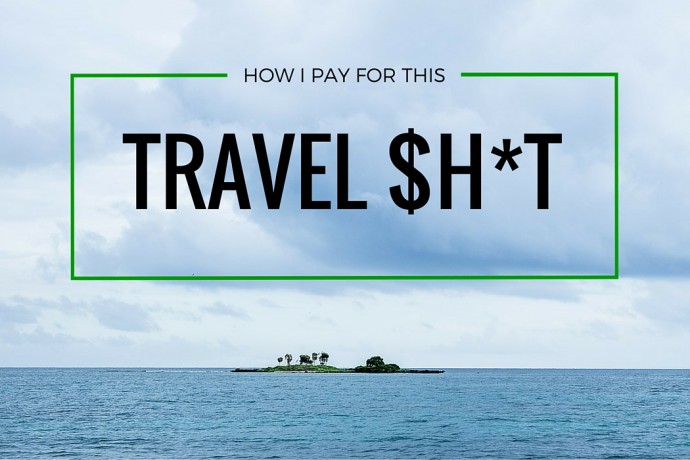

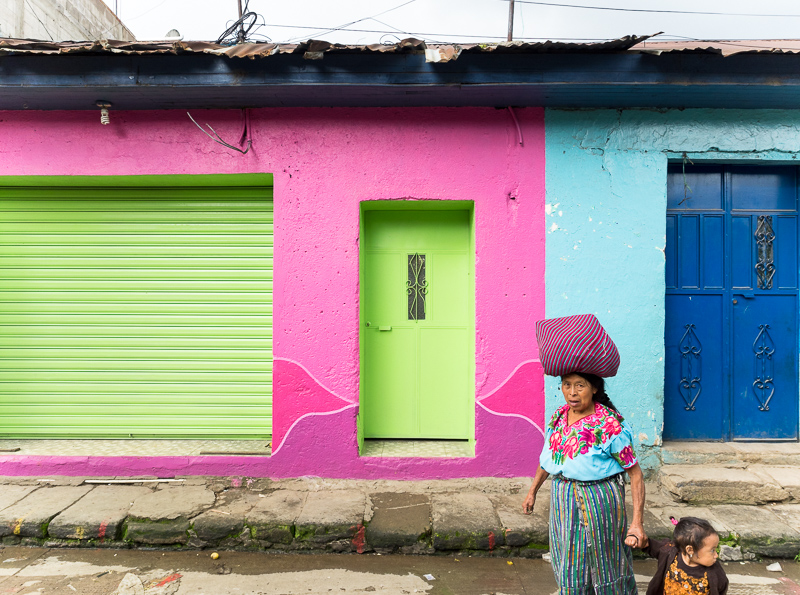
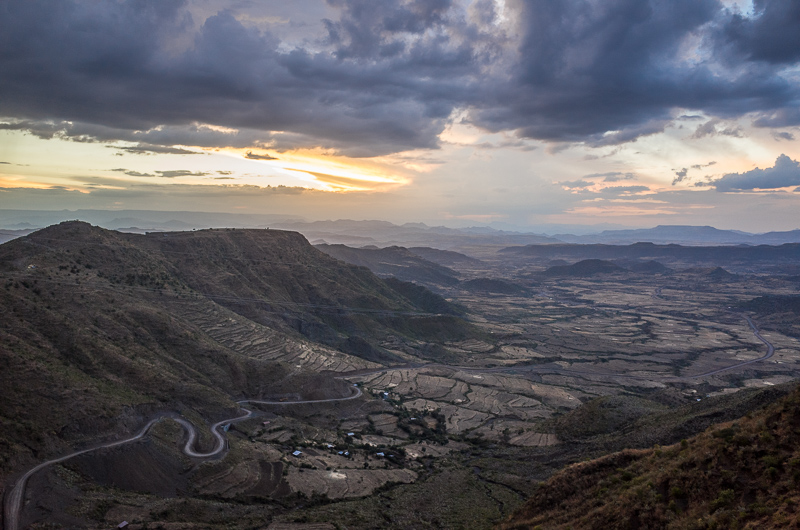
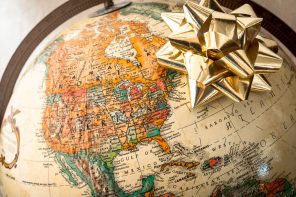

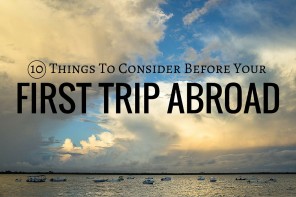
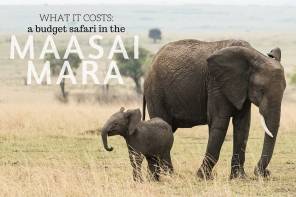
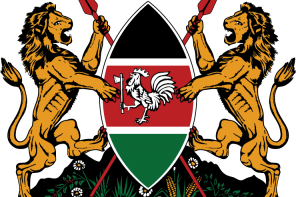

My wife and I have managed to pay for travel by cutting out things that are standard with most people. We don’t have cable, we share a cell phone on a prepaid monthly plan, have one car, and even though we have a mortgage it actually costs less per month than our last rental was. We cook and very rarely go out to eat and we never go to bars (we cook a lot even when we travel). Most of our clothes come from thrift stores and we stick to a very strict grocery budget. I actually don’t even have a full-time income. I’m a freelance photographer. My wife has the nine-to-five but her schedule is flexible and she gets plenty of vacation time. We further save money by growing a garden and heating our home with wood instead of gas or electric (among other money-saving habits). We also travel with budget airlines (like Wow Air) and stay in apartments instead of hotels. We’ve been to 6 countries in 10 years and all around the U.S. This year we’re headed to Sweden and Iceland (for the second time) AND we’re planning trips to Scotland and Chile for 2017. It’s all about your lifestyle. We still maintain a high standard of living even while being frugal. When we travel, we are actually less frugal, but still make it work. The way we do it would not work for everybody. We don’t have kids, so that definitely makes it easier. Great site by the way! Enjoying your articles.
Very cool – thanks for dropping by and for sharing your story, Jon!